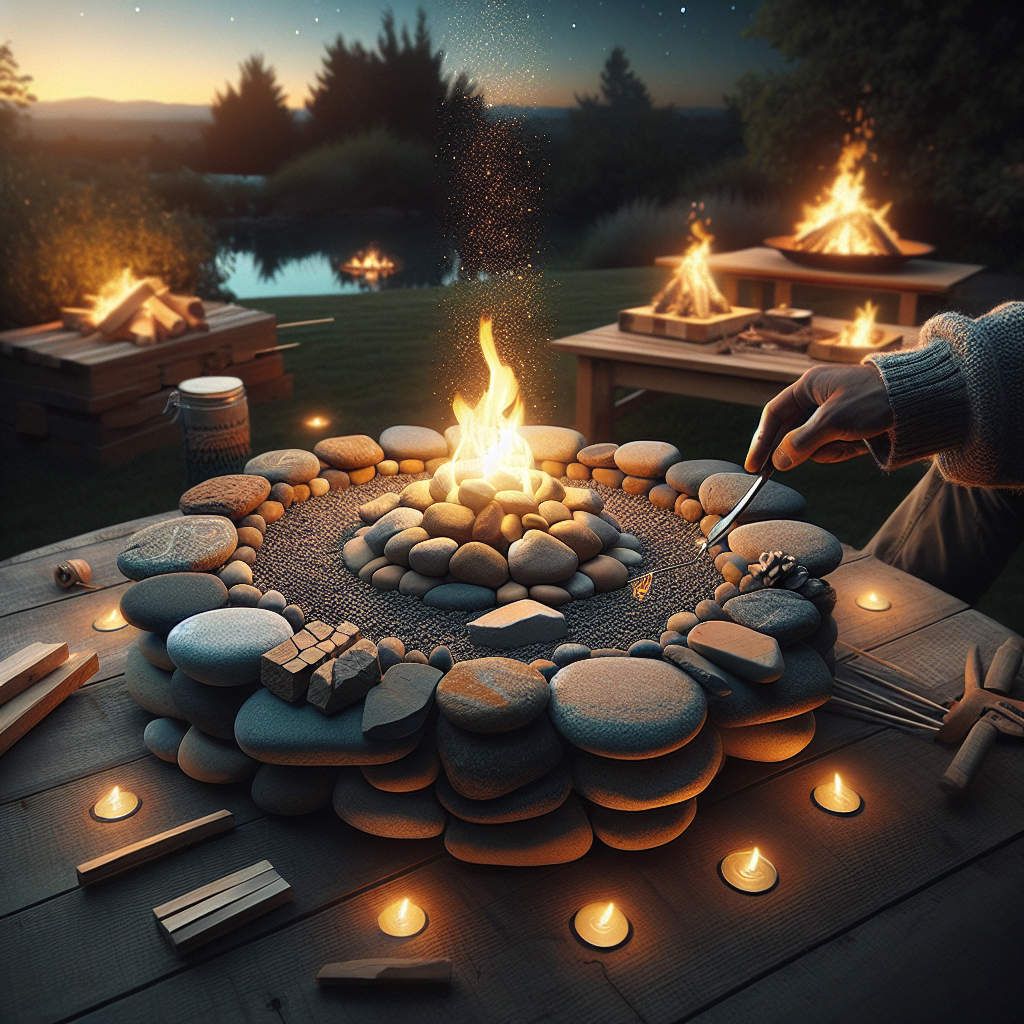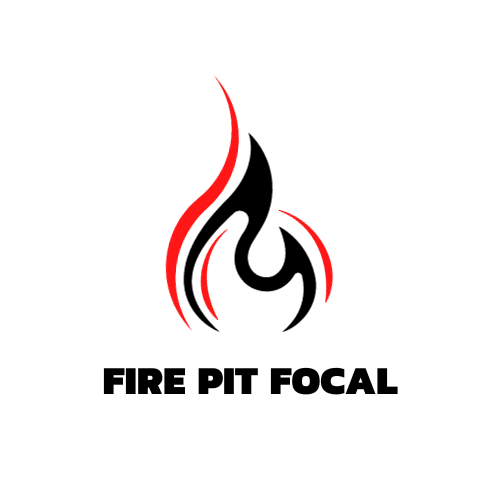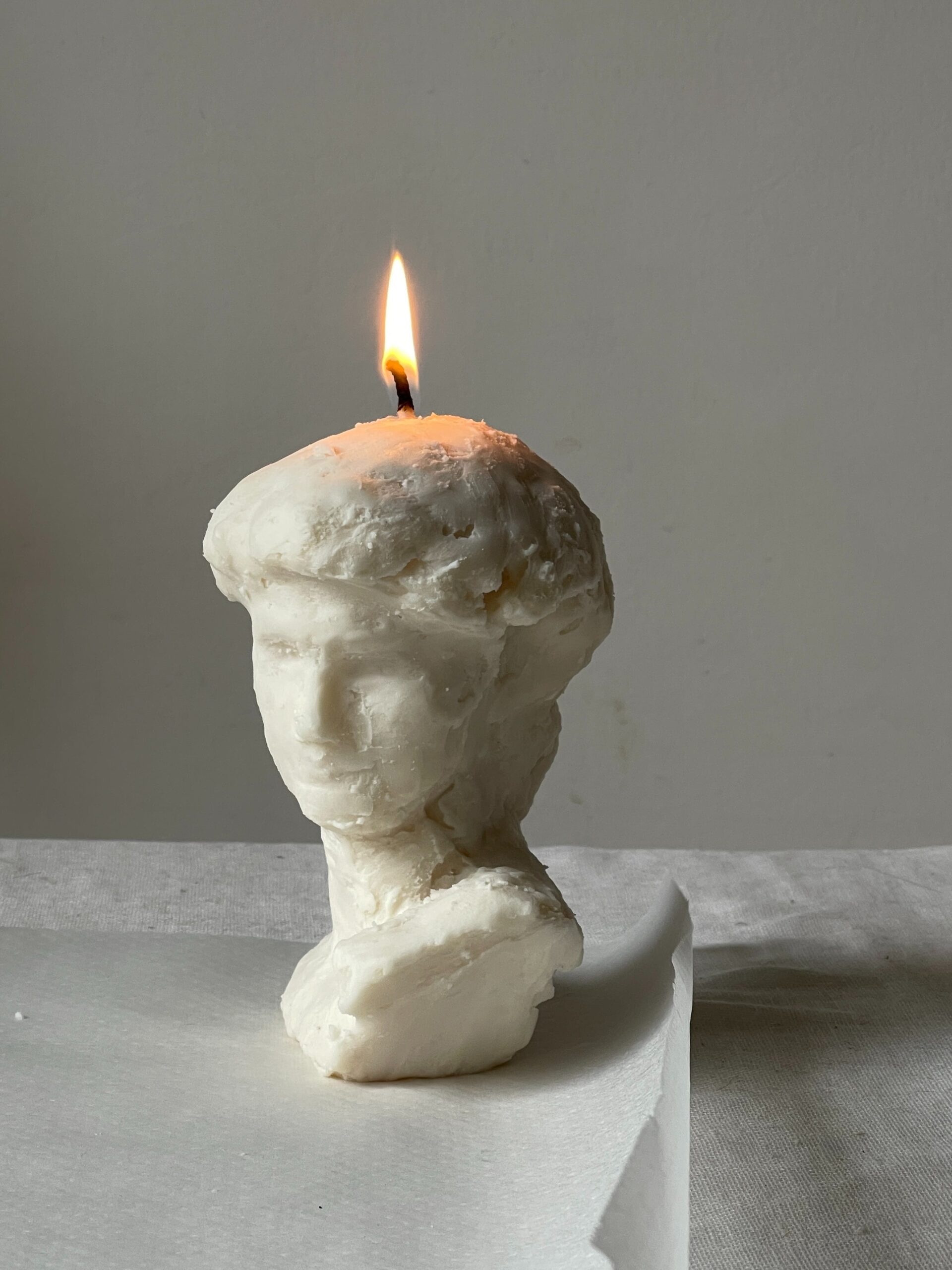If you’ve ever found yourself dreaming of cozy evenings spent around a crackling fire in your own backyard, then the answer to your question “Can I build my own DIY fire pit?” is a resounding yes! Building a fire pit is a fun and rewarding project that can transform your outdoor space into a warm and inviting haven. Whether you’re a seasoned DIY enthusiast or a beginner, this article will guide you through the process, providing helpful tips and considerations to ensure you create a safe and stylish fire pit that you can enjoy for years to come. Yes, absolutely! Building your own DIY fire pit is a fun and rewarding project that can enhance your outdoor space and provide a cozy gathering spot for family and friends. By following a few key steps and considering important factors, you can create a beautiful and safe fire pit right in your backyard.

Choosing the Right Location
Consider local regulations
Before starting any construction, it is important to check your local regulations regarding fire pits. Some areas may have specific rules and restrictions on fire pit construction and usage. Make sure you comply with any permits or approvals that may be required.
Select a safe and suitable spot
When choosing the location for your fire pit, safety should be your top priority. Look for an area that is away from flammable materials such as trees, shrubs, and buildings. Consider the prevailing wind direction to ensure smoke won’t blow towards your home or neighbors’ properties.
Evaluate the proximity to structures
Be mindful of the proximity of your fire pit to any nearby structures. It’s important to maintain a safe distance to avoid any potential fire hazards. Make sure there is ample space around the fire pit for people to move comfortably and for seating arrangements.
Check for underground utilities
Before digging, check for any underground utilities such as gas lines or electrical cables. Contact your local utility companies to mark the location of these lines to avoid any potential accidents. Safety should always be the first consideration when it comes to fire pit placement.
Essential Tools and Materials
Fire pit kit or individual components
Decide whether you want to purchase a fire pit kit, which typically includes all the necessary components, or if you prefer to gather them individually. Fire pit kits are convenient and often come with step-by-step instructions. However, if you prefer customization, gathering the components individually may be the way to go.
Shovel and wheelbarrow
A sturdy shovel and wheelbarrow are essential tools for digging the foundation and transporting materials such as gravel, sand, and bricks. Make sure you have these tools on hand to facilitate the construction process.
Level and tape measure
To ensure that your fire pit is level and symmetrical, a level and tape measure are indispensable. These tools will help you achieve accurate measurements and alignment throughout the construction process.
Bricks or stones
The choice of bricks or stones for your fire pit will depend on the aesthetic you desire. Both materials can create a beautiful and durable fire pit. Consider the size and type of brick or stone that will match your outdoor space and personal style.
Fireproof mortar
Fireproof mortar is used to secure the bricks or stones together, ensuring stability and durability. This special mortar can withstand high heat and prevent the fire pit from crumbling or falling apart.
Gravel or sand
Gravel or sand serves as the base layer for your fire pit. It helps with drainage and provides stability. Choose a high-quality gravel or sand that is suitable for outdoor use and can withstand the heat produced by the fire.
Fire pit liner or ring
A fire pit liner or ring serves as a barrier between the fire and the surrounding materials. It helps contain the fire, preventing it from spreading and protecting the underlying structure. Consider purchasing a fire pit liner or ring that is made of a durable and heat-resistant material.
Optional: grate and mesh screen
If you plan on using your fire pit for cooking, adding a grate is a great option. It allows you to grill food directly over the fire. Additionally, a mesh screen can be added to prevent sparks from flying out and potentially causing damage or injuries.
Design and Layout
Choose a style and shape
Fire pits come in a variety of styles and shapes, so choose one that complements your outdoor space and fits your personal taste. Whether you prefer a traditional round fire pit or a modern square design, there are endless possibilities to choose from.
Decide on the size
Consider the size of your outdoor space and the intended use of the fire pit when determining its size. A larger fire pit may be more suitable for hosting larger gatherings, while a smaller fire pit may be perfect for intimate gatherings or smaller patio areas.
Create a retaining wall or use a fire pit liner
To create a more finished and professional look, consider building a retaining wall around the fire pit. This can be constructed using bricks or stones similar to those used for the fire pit itself. Alternatively, you can use a fire pit liner or ring, which provides a clean and contained look.
Mark the perimeter
Before starting the construction process, use stakes and string to mark the perimeter of your fire pit. This will give you a clear visual of the fire pit’s boundaries and help guide you during the construction process.
Clear the area and level the ground
Clear any debris and vegetation from the area where you plan to build your fire pit. This will ensure a clean and level surface for construction. Use a shovel or rake to level the ground, removing any bumps or uneven areas.
Consider seating and safety
When designing your fire pit, consider incorporating seating options. This can include built-in benches, movable chairs, or even outdoor cushions. Additionally, ensure that there is enough space between the seating area and the fire pit to prevent accidents or burns.
Preparing the Base
Dig the foundation
Use a shovel to dig a foundation for your fire pit. The depth and size will depend on the dimensions of your fire pit. Dig the foundation about 6 inches deep to allow for the base layer of gravel or sand.
Lay a base layer of gravel or sand
Once the foundation is dug, lay a base layer of gravel or sand. This layer will provide a stable and level surface for the fire pit. Ensure that the gravel or sand is evenly spread and compacted.
Compact and level the base
To ensure stability, use a tamper or the back of a shovel to compact the base layer. This will create a solid foundation for the fire pit and prevent any sinking or shifting.
Consider adding a weed barrier
To prevent weeds from growing up through the fire pit, consider adding a weed barrier. This can be a layer of landscaping fabric or a similar material that prevents weed growth while allowing for proper drainage.
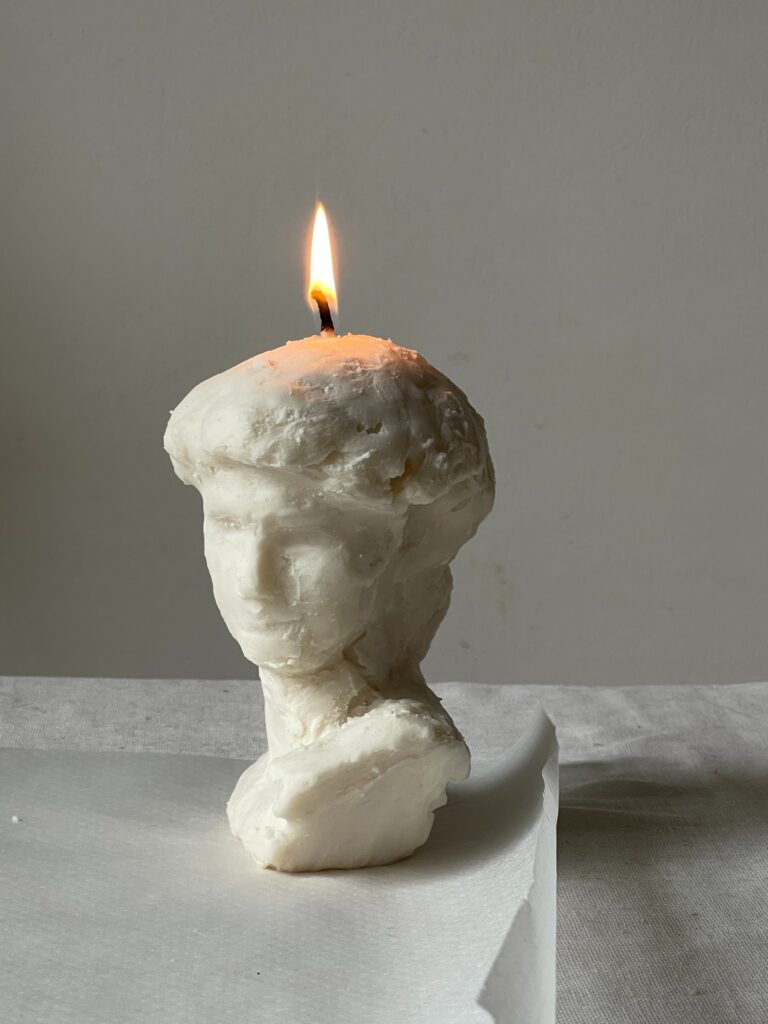
Building the Fire Pit
Follow the manufacturer’s instructions for a kit
If you are using a fire pit kit, carefully read and follow the manufacturer’s instructions. Each kit may have specific steps or requirements, so it is important to ensure proper installation.
Stack the bricks or stones
If you are building your fire pit from individual components, start by stacking the bricks or stones according to your chosen design. Place them tightly together, ensuring a snug fit and minimizing any gaps.
Apply fireproof mortar between layers
As you stack the bricks or stones, apply a layer of fireproof mortar between each layer. This will provide additional stability and prevent the fire pit from coming apart. Use a trowel to apply the mortar evenly, making sure to remove any excess.
Check for levelness after each course
After each layer is added, use a level to check for levelness. Adjust the bricks or stones as needed to ensure a level and even fire pit. Take your time during this step to ensure a professional and aesthetically pleasing result.
Use a spirit level or string to ensure proper alignment
To ensure that your fire pit is perfectly aligned and symmetrical, use a spirit level or string. This will help you achieve a straight and cohesive design. Check the alignment frequently during construction to make any necessary adjustments.
Finishing Touches
Check for stability and adjust as necessary
Once the fire pit is constructed, check for stability by gently pushing on the structure. If any bricks or stones feel loose or unstable, readjust them and apply additional mortar if necessary. It’s essential to ensure that your fire pit is securely built for safe usage.
Add a grate for cooking or ember protection
If you plan on using your fire pit for cooking, consider adding a grate. This will allow you to cook directly over the fire and prevent food from falling into the flames. Additionally, a grate can act as a barrier, providing protection against embers.
Consider a mesh screen to prevent sparks
To safeguard against flying sparks and embers, consider adding a mesh screen to your fire pit. This will prevent any potential fire hazards and protect your surroundings. The mesh screen can be easily lifted when adding wood or tending to the fire.
Add decorative elements if desired
To personalize your fire pit and match your outdoor aesthetic, consider adding decorative elements. This can include mosaic tiles, colored stones, or even a custom design made of bricks. Get creative and make your fire pit truly unique.
Clean the fire pit after construction
After completing the construction, give your fire pit a thorough cleaning. Remove any debris, excess mortar, or dust. This will ensure a tidy and visually appealing fire pit that is ready for use.

Safety Precautions
Keep a safe distance from flammable materials
When using your fire pit, make sure to keep a safe distance from any flammable materials. This includes plants, trees, buildings, furniture, and other combustible objects. By maintaining a safe zone around the fire pit, you can minimize the risk of accidental fires.
Never leave the fire unattended
One of the most important safety precautions is to never leave the fire unattended. Even a small fire can quickly become uncontrollable. Always designate a responsible adult to monitor the fire and ensure that it is properly extinguished before leaving the area.
Have a fire extinguisher or water source nearby
In case of an emergency, always have a fire extinguisher or a reliable water source nearby. This can be a garden hose, buckets of water, or a fire extinguisher specifically rated for outdoor fires. Being prepared is crucial to quickly and effectively extinguish any fires that may occur.
Follow local fire safety guidelines
Familiarize yourself with your local fire safety guidelines. These guidelines may include specific rules regarding the size and type of fire you can have, or restrictions during dry seasons or high-risk periods. By following these guidelines, you can ensure that you are using your fire pit safely and responsibly.
Ensure proper ventilation
Proper ventilation is essential when using a fire pit. It allows smoke to dissipate and prevents the accumulation of harmful gases. Avoid using your fire pit in enclosed or poorly ventilated areas. Ensure that there is sufficient airflow around the fire pit for safe and comfortable usage.
Maintenance and Care
Regularly remove debris and ashes
After each use, it is important to remove any debris and ashes from your fire pit. This will prevent the build-up of combustible materials and ensure the longevity of your fire pit. Use a shovel or a brush specifically designed for fire pit cleaning to safely remove the debris.
Inspect for cracks or damage
Regularly inspect your fire pit for any signs of cracks or damage. This includes checking the bricks or stones, mortar, and any metal components such as grates or screens. Repair or replace any damaged parts promptly to maintain the safety and integrity of your fire pit.
Repair or replace damaged components
If you notice any cracks or damage during your inspection, address them immediately. Repair or replace any damaged components to ensure your fire pit remains safe and functional. Consult with a professional if you are unsure of how to properly repair any structural or safety issues.
Apply a protective sealant if necessary
Depending on the materials used for your fire pit, applying a protective sealant may be beneficial. This can help prevent weather-related damage such as cracking or fading. Check the manufacturer’s recommendations for specific sealants and follow the application instructions accordingly.
Consider covering the fire pit during off-seasons
During off-seasons or periods of extended non-use, consider covering your fire pit. This will protect it from the elements and help prolong its lifespan. Look for a cover specifically designed for fire pits or use a tarp secured with bungee cords to protect your fire pit from rain, snow, and debris.
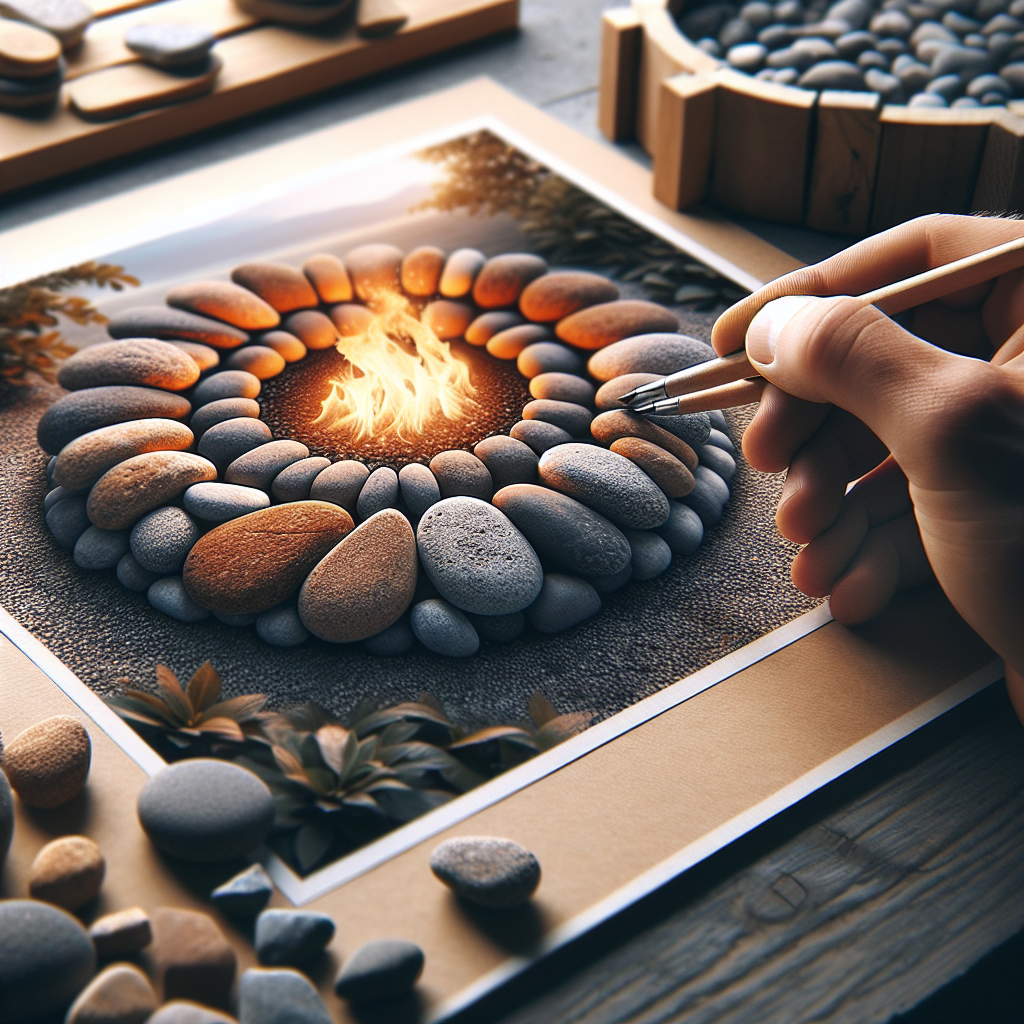
Enhancements and Upgrades
Add seating or a patio around the fire pit
To create a more inviting and comfortable space, consider adding seating or a patio around your fire pit. This can be in the form of built-in benches, outdoor furniture, or even a dedicated patio area with pavers or concrete. Enhance the ambiance by incorporating cozy cushions and blankets.
Install a gas or propane burner
For added convenience and ease of use, consider installing a gas or propane burner in your fire pit. This eliminates the need for firewood and allows for adjustable flame control. Gas or propane burners can also be more environmentally friendly and produce less smoke and ash.
Incorporate a fire pit table
If you have limited outdoor space or prefer a multifunctional feature, consider incorporating a fire pit table. These tables have a built-in fire pit in the center, providing both warmth and a surface for setting drinks or small plates. Fire pit tables come in various shapes and sizes to suit any style.
Integrate fire pit into landscape lighting
To create a captivating and enchanting atmosphere, integrate your fire pit into your landscape lighting design. Install strategically placed lights around the fire pit to illuminate and highlight its presence. This will enhance the overall ambiance and allow for safe usage during nighttime.
Explore multi-functional fire pit designs
Get creative and explore multi-functional fire pit designs. Some fire pits can be transformed into grills, water features, or even ice buckets for beverages. By choosing a versatile design, you can maximize the functionality and enjoyment of your fire pit.
Hiring Professionals
When to consider professional help
While building a DIY fire pit can be a rewarding project, there are instances when it may be best to seek professional help. If you are unfamiliar with construction or lack the necessary skills and tools, it is advisable to hire a professional to ensure the fire pit is built safely and correctly.
Getting permits or approvals
Certain areas may require permits or approvals for fire pit construction. If you are unsure of the requirements in your locality, consult with the appropriate authorities or a professional contractor. They can guide you through the necessary steps to obtain the required permits or approvals.
Consulting with a landscape designer
If you are looking to create a cohesive and visually appealing outdoor space, consider consulting with a landscape designer. They can help you integrate the fire pit into your overall landscape design, suggest suitable materials, and provide valuable input on placement and layout.
Finding reliable contractors
If you decide to hire a professional contractor for your fire pit construction, it is important to find reliable and reputable individuals or companies. Ask for recommendations from friends, family, or neighbors who have had similar projects done. Research potential contractors, read reviews, and obtain multiple quotes to make an informed decision.
Understanding local building codes
To ensure compliance with local building codes and regulations, consult with professionals or local authorities. They can provide guidance on any specific requirements for fire pit construction in your area. Understanding and adhering to these codes will help you avoid potential fines or legal issues.
In conclusion, building your own DIY fire pit can be a fun and fulfilling project. By following the steps outlined above and considering important factors such as location, tools and materials, design, safety precautions, and maintenance, you can create a beautiful and safe fire pit that will bring warmth and enjoyment to your outdoor space for years to come. Remember to prioritize safety throughout the construction process and always follow local regulations and guidelines. With careful planning and attention to detail, your DIY fire pit will become a beloved addition to your outdoor oasis. Happy building!
